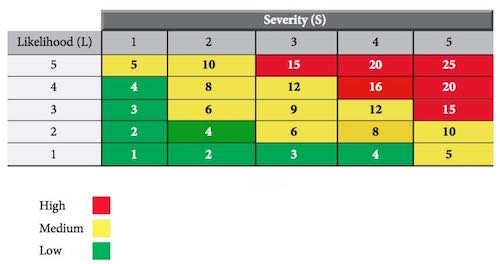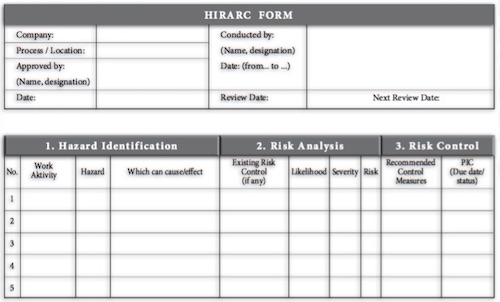Definition: Control is the elimination or inactivation of a hazard in a manner such that the hazard does not pose a risk to workers who have to enter into an area or work on equipment in the course of scheduled work.
Hazards should be controlled at their source (where the problem is created). The closer a control to the source of the hazard is the better. This method is often referred to as applying engineering controls. If this does not work, hazards can often be controlled along the path to the worker, between the source and the worker. This method can be referred to as applying administrative controls. If this is not possible, hazards must be controlled at the level of the worker through the use of personal protective equipment (PPE), although this is the least desirable control.
Selecting a suitable control
Selecting a control often involves ;
- evaluating and selecting short and long term controls;
- implementing short-term measures to protect workers until permanent controls can be put in place; and
- implementing long term controls when reasonably practicable.
For example, suppose a noise hazard is identified. Short-term controls might require workers to use hearing protection. Long term, permanent controls might remove or isolate the noise source.











